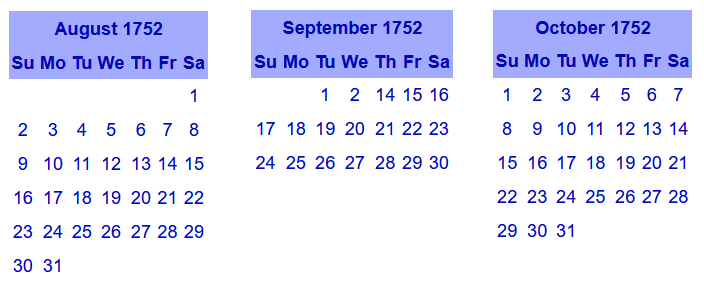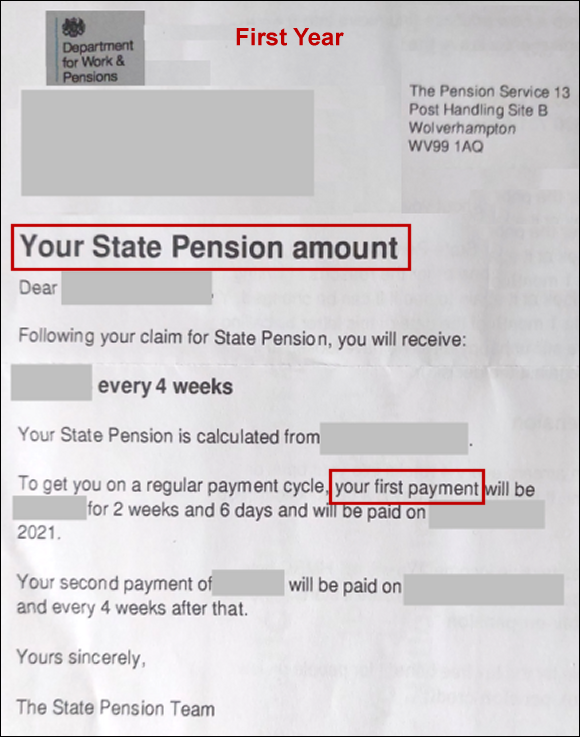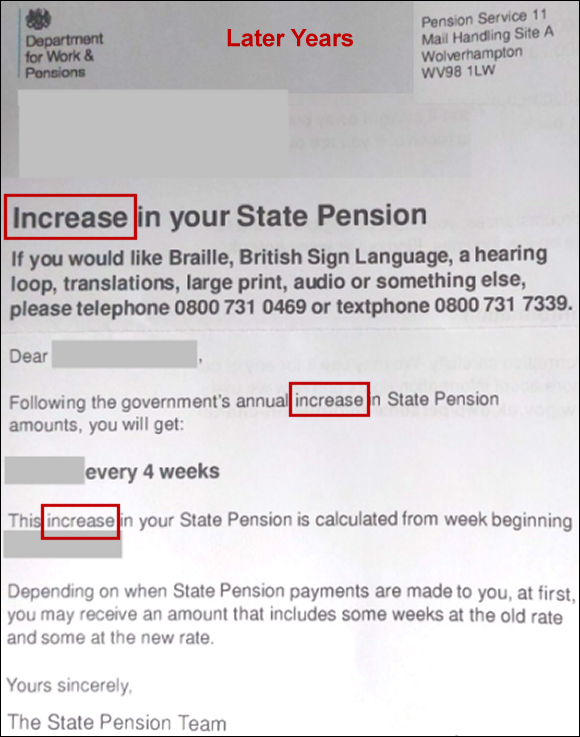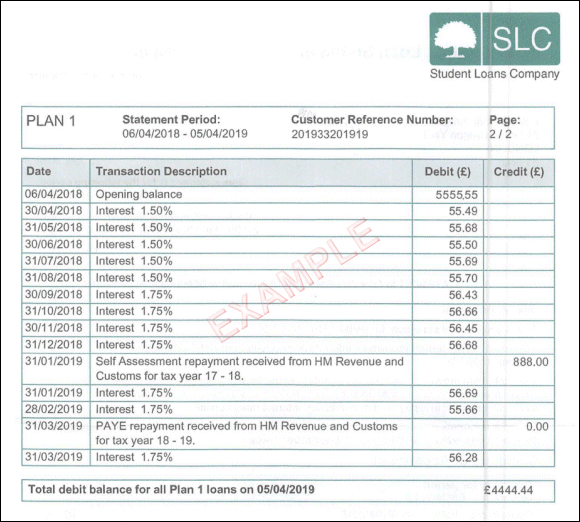On Saturday 21 Jan 2017 the National Audit Office in Victoria opened its doors to a range of geeks and devotees, both within and beyond Government, for the now annual unconference called UKGovCamp. This one was special, the 10th event, and there was a considerable buzz among the 220 participants.
Somehow, my session ended up in a very early slot (one of eight concurrent streams) and a small, intense discussion of IR35 took place.
This is an extremely complex subject. I have recently concluded an IR35 enquiry for a client. It took over 4 years and we won. One firm in Bristol who specialise in IR35 enquiries proudly claim to have won 1,498 out of 1,500 cases they’ve worked on. At the moment I’m happy with “played one, won one” and a tentative claim to a 100% success rate! HMRC are (allegedly) working 600 cases per year, and that’s as much as they can do with the staff at that section.
Anyway, you cannot rely on one session from UKGovcamp, nor this one blogpost, to tell you the full story. And every case is different so you need to get specialist advice. What I am going to focus on here is the changes which are due for 6 Apr 2017 and which relate to freelancers who work in Public Sector Bodies.
The Scales of Justice
The law on this comes from two pieces of legislation:
These rules are collectively known as “IR35” because that was the number of the 1999 press release which foretold this nightmare.
The relevant bits that you need are sections 48 to 61 of ITEPA and all of the Social Security Regs (fortunately that has only 11 sections). The most salient detail is to be found at s49 of ITEPA and s6 of the Social Security Regs. The dialogue is almost identical in each piece of legislation, and I will explain the subtle difference later on. For now, you just need to read the rules below and where it says “intermediary” think “freelance limited company”.
The bullet points
Here’s what you need from the Social Security Regs:
6–(1) These Regulations apply where–
(a) an individual (“the worker”) personally performs, or is under an obligation personally to perform, services for the purposes of a business carried on by another person (“the client”),
(b) the performance of those services by the worker is carried out, not under a contract directly between the client and the worker, but under arrangements involving an intermediary, and
(c) the circumstances are such that, had the arrangements taken the form of a contract between the worker and the client, the worker would be regarded for the purposes of Parts I to V of the Contributions and Benefits Act as employed in employed earner’s employment by the client .
The Case Law
It’s sub section (c) above about “the circumstances” which leads to the inevitable debate about whether a freelancer is truly freelance or is in “disguised employment” and is caught by the IR35 rules.
The most poignant piece of case law which helps us interpret sub section (c) is:
- Ready Mixed Concrete(South East) Ltd v Minister of Pensions and National Insurance 1968
This case came out in favour of the worker who was truly freelance, and in his judgement Justice MacKenna set out three tests of how we are to decide if somebody is an employee or not. The three tests in the Ready Mix case can be summarised as . . .
- Personal service must be provided by the worker; and
- The engager has a right of control of the worker; and
- Mutuality of obligation must exist.
If you can show that any one of these three tests is failed, then you are not an employee.
What’s changed as at 6 Apr 2017?
The core legislation hasn’t changed and the case law hasn’t changed. If you were not caught by IR35 before 6 Apr 2017 then, in theory, you are not caught by IR35 from 6 Apr 2017.
What has changed is the decision maker, but only in cases where the worker is working on the premises of a Public Sector Body. Will this later be extended to the private sector? Officially HMRC says they have no plans to do so. The accountancy profession respond to that with a collective and cynical “oh yeah?”
If HMRC can make these rules work in the Public Sector Body then I have no doubt that they will be extended to all engagements involving freelancers.
Under the old rules, it was the responsibility of the freelance worker who decided if the IR35 rules applied. Usually that involved a discussion with his or her accountant, but in law, the responsibility remained that of the freelance worker.
Under the new proposed rules “a person at the Public Sector Body” where the worker is working, will have to make the decision. Somebody on the premises! The rules commence at s.6 Finance Act 2017 and are set out in detail at Schedule 1 to that Act.
The new rules on the decision maker are set out in a new Chapter 10 to be added to Part 2 to of ITEPA 2003. It’s not in the 2003 Act on the legislation.gov.uk web site so the only place we can read about the new section 61T is in The Finance Act 2017. In effect s.61T(1) says that the engager (referred to as “the client” in the legislation) has to tell the end worker that “a conclusion” on status has been made and what that conclusion is.
That is what is changing. It’s not the freelancer, not the recruitment consultant (if there is one involved) but somebody in a payroll office or finance department of a Public Sector Body who will have to “certify” that the freelancer is genuinely freelance, otherwise they will have to operate PAYE on all the income of the freelancer. Early discussions of these changes indicated that the recruitment consultant will make the decision. Later discussions show that this has changed, as the recruitment consultant will not have first hand knowledge of what precise arrangements exist in the workplace. It’s going to be a government worker on government premises who makes the decision.
To help them there will be a new online “status checker” tool. It’s being written by HMRC, so you can guess what sort of bias it’s going to have, and apparently it will be available by the end of January 2017. [Update – then they said “on 20 Feb 2017” then they said “end of Feb 2017” . . . ]
The online tool was finally released at 4pm on 2 Mar 2017. Instead of the clear Yes/No answer that we were all expecting, it sometimes gives a “don’t know”. It has been tried out with a number of famous “stated cases” and it does not always give the same answer that the Tax Tribunals arrived at! Try it if you wish:
https://www.tax.service.gov.uk/check-employment-status-for-tax/setup
In short, somebody at your school, your GP practice, your library, or your ministry is going to understand all of this and certify that you are truly freelance. Yeah? Pull the other one! Whether it’s a smaller or larger Public Sector Body I allege that nobody will risk their own role by making “a wrong decision” and upsetting the powers that be.
This is going to prove very tricky for any freelancer who was “truly freelance” before 6 Apr 2017 and who discovers that apparently they are now not “truly freelance” and therefore presumably were not “truly freelance” before! Quite a few more tax office enquiries will start later this year!
Here’s a suggestion, if you have to make that decision in your public sector body you might decline to do so, on the grounds that you have insufficient legal training to make such a complex decision.
The New Scales of Justice
Where is the new legislation? I can’t find it!
It’s not in the Finance Act 2015 nor the Finance (No. 2) Act 2015 following George Osborne’s announcement of these rules in the 2015 Budget.
It’s not in the Finance Act 2016 which would have had it firmly in place by 6 Apr 2017. And although, in his 2016 autumn statement, Philip Hammond talked about Public Sector workers paying proper taxes, there is no sign of a Finance (No. 2) Act 2016.
We shall have to wait until after the 2017 Budget on 8 Mar 2017 and the Finance Bill 2017 in order to see the rules in black and white. In a normal year the Finance Bill secures Royal assent in about August and then becomes the Finance Act. That assumes that it gets through the committee stages and The Lords without amendment. If you’re unhappy about the proposed new rules contact your MP now.
As the date of UKGovcamp on 21 Jan 2017 all we have is a “consultation process” and an 87 page PDF from HMRC dated 26 May 2016. And a lot of newer memos circulating in the accounting sector and on “paid for” subscription services.
But there is no clarity.
What will I be paid?
Yep! Good question! And even the payroll software industry doesn’t know. I buy payroll software every March, as I need the upgrade before the March payrolls are run, in order that the April payrolls start correctly.
Software houses need to ship the product by mid March at the latest, but nobody knows exactly what the new rules are. What we do know is that:
- payroll software pays individuals
- payroll software has never before had to pay freelance limited companies
- freelance contracts with limited companies provide no date of birth and no national insurance number
- payroll software requires either a date of birth or a national insurance number otherwise it won’t work – it won’t know which National Insurance table to use!
- workers with relevant student loans have their student loan repayments taken under PAYE
- “deemed workers” under these new rules will be liable for income tax and National Insurance under PAYE but will be liable for student loan repayments on their own Self Assessment tax returns and not via PAYE.
- payroll software to date has never had to distinguish between liable and not liable for student loan repayments on the basis of “deemed worker” status.
- any payroll clerk who gets a form SL1 for you just logs it into the software, because that’s what the rules say.
- payrolls are subject to Real Time Information – HMRC gets a packet of data on the day the payroll is run – so this all has to work by pay day in April 2017.
- the first weekly payrolls of 2017/18 will be run on or before Friday 7 Apr 2017.
- salaries are outside the scope of VAT, but many freelancers are VAT registered and add 20% on to their invoices
- payroll software has never had a mechanism to handle VAT because salaries are outside the scope of VAT!
- it seems that finance depatments automatically know this and will now just pay you the 20% VAT without paying the net figure from your invoice, because they are naturally clairvoyant!
And, some low paid payroll clerk in some Public Sector Body is not going to worry too much about how accurate the payroll calculations are, they’re just going to somehow do it. In my own experience of working in the Public Sector and in the Private Sector, no payroll clerk has ever taken much interest in getting anything exactly right, other than making sure that their own net pay is correct!
And what will it cost the Public Sector Body? An extra 13.8% in employer’s National Insurance. So whatever their budget is now, they will have to find an extra 13.8% in order to pay their freelance workers (or “deemed workers”). Wait a moment! No! There’s VAT on top of that! So an extra 20% of 13.8% effectively makes the employer’s National Insurance bill 16.56%.
This is moving from the ridiculous to the sublime!
Maybe the recruitment consultancy (if there is one) will cover that extra National Insurance bill! You bet! And they will increase the fee to the Public Sector Body proportionately.
And by the way, “deemed workers” will not be entitled to SSP, SMP, holidays and all the other trappings that you get from being an employee. Just all the taxes with none of the advantages.
The perverse nature of all these rules means that Public Sector Bodies will have all of their workers on an equal footing when it comes to PAYE costs (but no employment obligations). The big problem is that it will cost Public Sector Bodies an extra 20% to engage any freelancer who is VAT registered. And that’s because Public Sector Bodies are not businesses that “make taxable supplies” and are not able to recover the VAT. Have you been told that? Have you included that in your departmental budget for the next year?
Yeah, well thought out George Osborne and Philip Hammond!
Appeals
The good news is that if you’re unhappy with a decision that treats you as a “deemed worker” and not a freelancer, you can appeal . . . to an Employment Tribunal. That’ll take time! The “tribunal stage” of the IR35 case that I recently won took 18 months.
The bad news is that if you want to appeal to a Tribunal, then you will have to wait until after the end of the tax year. So, no appeals on these new rules until April 2018 at the earliest! And based on my expereince no ruling until 18 months after that, making it October 2019 by the time you get an answer to your April 2017 question!
Wiggle room
What scope is there for steering the decision making process? Colin Bishopp points you to some wiggle room. The minor difference between . . .
- s.49 Income Tax (Earnings and Pensions) Act 2003
- s.6 Social Security Contributions (intermediaries) Regulations 2000
. . . is that section 6 of the Social Security Regs gets a specific mention in another stated case which was heard before Colin Bishopp, a Special Commissioner for HMRC.
- Usetech Ltd v HM Inspector of Taxes [2004]
Colin Bishopp said:
“when that analysis shows that those two sub-paragraphs are satisfied sub-paragraph (c) involves an exercise of constructing a hypothetical contract which did not in fact exist”.
And what that means for us is that, in order to come up with a decision about status under IR35, somebody has to prepare a hypothetical contract.
Your first questions about any new freelance engagements in the Public Sector should now be:
“Can I please have a copy of the hypothetical contract that was drawn up in order to evaluate Reg 6.(1)(c) of the Social Security Contributions (intermediaries) Regulations 2000?”
“Who drew it up, and on what date, and what position do they hold in which organisation?”
Let me know how you get on with that. I genuinely would like to know! It’s the sort of document that you’ll need at Tribunal.
Sledgehammer Policy
The Government doesn’t do joined up thinking.
The conversation in the room at the end of the session can be summed up by saying:
- give up on freelancing in the public sector
- move to the private sector
- let that particular public sector body suffer from under staffing
- the more they suffer the better, it will make government rethink the rules
- some public sector bodies would seize up if all the freelancers left
- alternatively, just take a PAYE job directly with the public sector body (with the added safeguards of all the employee law)
The worst thing that can happen is that the freelancer community succumbs to the new rules, accepts lower take home pay and signals to the Government that the policy works. That will lead to the imposition of similar rules on the private sector within a year or two. This is another “poll tax” moment and requires a commensurate reaction.
And if you are inclined to just “go on payroll” you will need a large salary to give you the same disposable income you were accustomed to as a freelancer.
We’ll take the example of a software developer on a day rate of £500 who worked a full year. That’s 233 work days allowing for weekends off, bank holidays off, and 4 weeks holiday. The equivalent annual income at £500 a day is £116,500. The equivalent PAYE salary, to give you the same net as a freelance worker would be £242,700.
Do you work in finance in a public sector body? Here are the figures for you:
- Freelancer: 116,500 plus 20% VAT plus the recruitment agency fees
- Equivalent employee: 242,700 plus 13.8% employer’s National Insurance
In short, think of a number and double it. I want £500 a day as a freelancer or £1,000 a day as an employee.
To date, budgets in public sector bodies have been based on the premise that you can get freelancers much more cheaply than you can get staff. I can’t believe that George Osborne and Philip Hammond did not already know this. Or have they secretly been plotting to destroy the NHS and other public sector bodies, whilst trying to deflect the blame onto “greedy” freelancers who want ridiculous salaries?
Makes you think? Doesn’t it? The government appear to be trying to crack a nut with a sledgehammer. They’re more likely to be shooting themselves in the foot.
I suppose we could all emigrate?
I really enjoyed UKGovCamp this year!






